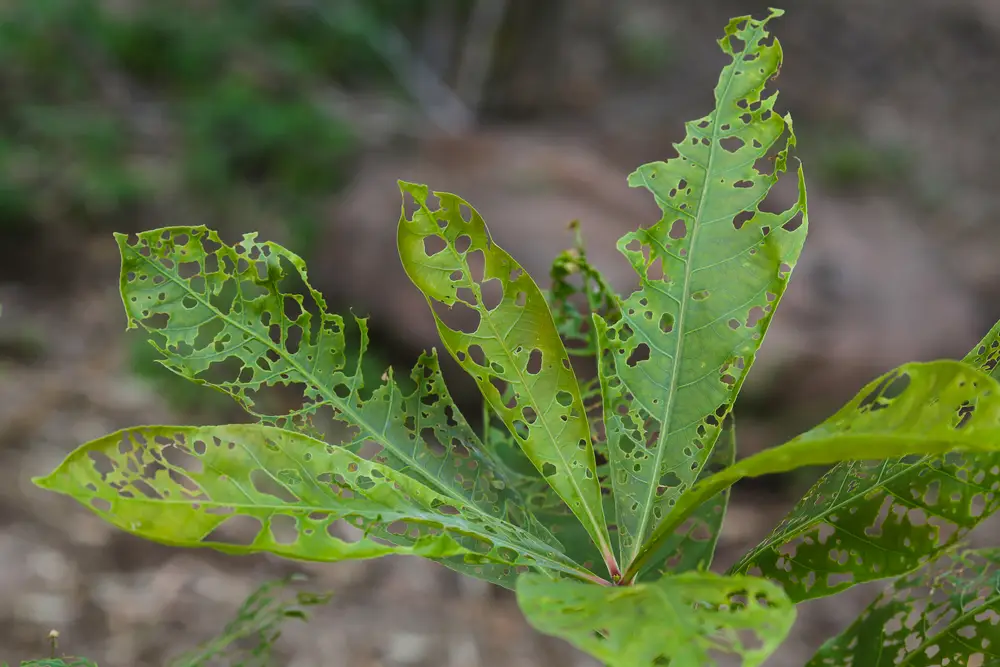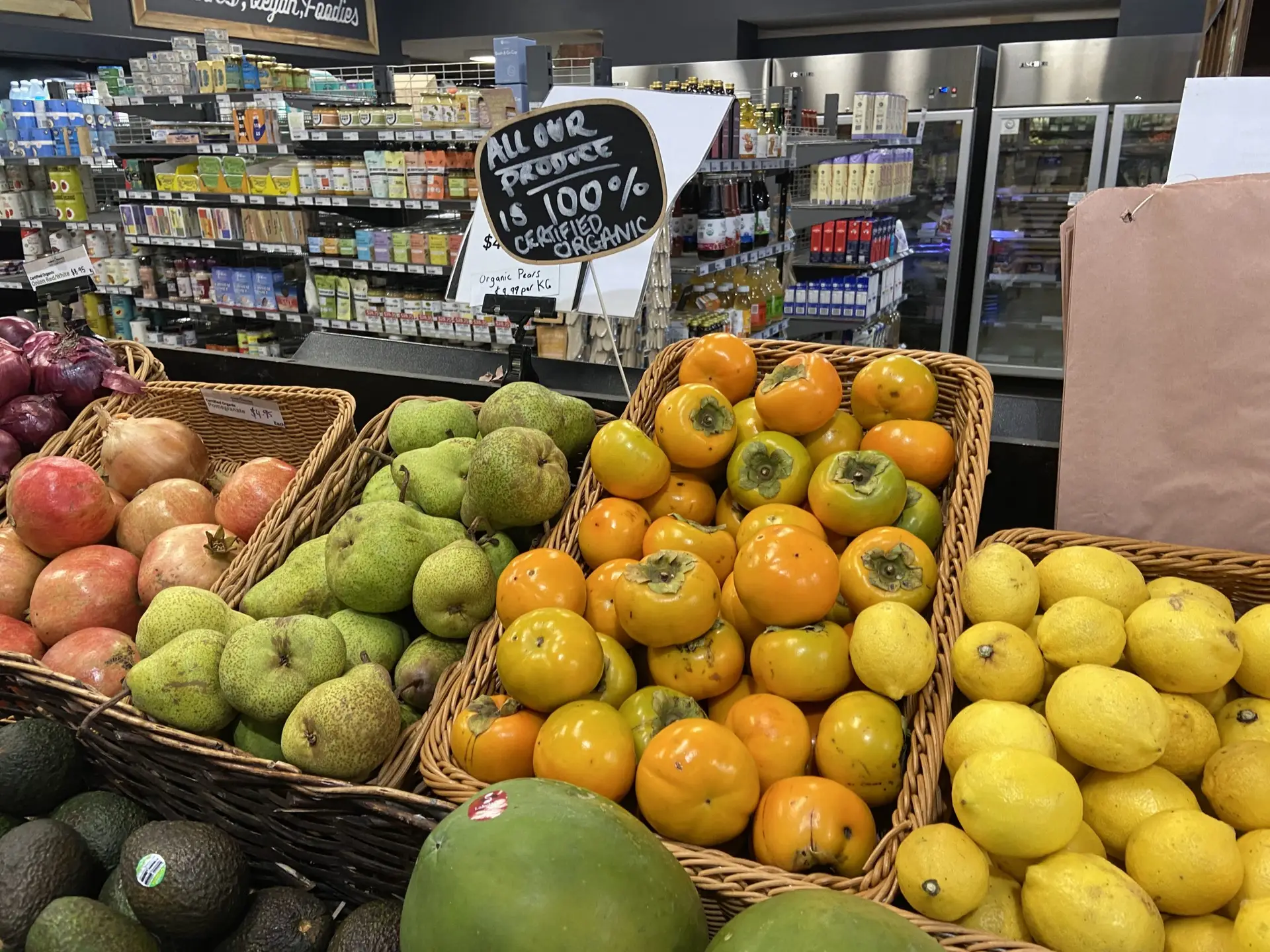A $15 million project led by the Grains Research and Development Corporation (GRDC) is expected to boost national capacity for the early and accurate detection of exotic plant pests.
Minister for Agriculture, Drought and Emergency Management, David Littleproud said $4.6 million of the project was funded by the Australian Government’s Rural R&D for Profit program, which funds R&D projects that deliver tangible productivity and profitability benefits for primary producers.
“Australia is lucky to be free from many of the world’s most damaging plant pests,” Minister Littleproud said.
“Exotic plant pests are capable of damaging our natural environment, destroying our food production and agriculture industries, and some could change our way of life.
“Australia has a strict biosecurity system which helps protect us from exotic plant pests, however R&D projects like this where industry and governments are working in partnership, maximise our discovery of new and innovative ways to detect and manage exotic pests and diseases.
“This project will deliver practical and accessible results for farmers.”
GRDC Senior Manager Biosecurity and Regulation, Ken Young, said the innovative project would focus on building industry capacity, enhancing diagnostic tools and testing biosecurity preparedness – all critical elements for the protection of Australia’s plant production industries.
“With 2020 being the International Year of Plant Health and COVID-19 dominating our headlines, it is a timely reminder that effective diagnostic tools and capacity are crucial to a strong biosecurity system and essential to maintaining Australia’s unique agricultural status,” Dr Young said.
“This is a cross-industry Australia-wide project concentrating on high priority exotic pests that threaten production, trade and market access.
“The project has three main parts: improving the early detection of pests through increasing diagnostic capacity; enhancing the sensitivity of diagnostic tools to create fast and accurate diagnosis; along with testing industry and government response readiness.
“Early and accurate diagnosis enables a rapid response to threats that can have devastating impacts on production and our access to domestic and international markets.”
Dr Young said the project also aimed to develop national diagnostic protocols, improved diagnostic tools and methodologies, along with establishing reference collections to support diagnostic functions.
“The project’s overarching objective is to create maximum value to plant industries through better partnerships in diagnostic decision-making for biosecurity response efforts,” he said.
“Ultimately it will mean that Australian plant industries are better prepared for an emergency situation, where every day counts when it comes to early and accurate detection to maximise our chance of pest eradication and minimise business disruption and potential crop and financial losses.”
The project includes research partnerships with agricultural departments from each state and the Northern Territory, along with the CSIRO, cesar, AusVeg Limited, AgriFutures Australia and Plant Health Australia, as well as two New Zealand collaborators, Bio-Protection Research Centre and the New Zealand Institute for Plant and Food Research Limited.
The project is funded by the Australian Government, GRDC, Cotton Research and Development Corporation, Hort Innovation Australia, Wine Australia, Sugar Research Australia, Forest and Wood Products Australia.
Overseeing the project is GRDC Rural R&D for Profit Project Manager, K’trie Coster, who said contribution from all seven plant-based research and development corporations, as well as state and territory agricultural departments, meant the project was truly collaborative and reflected the critical importance of biosecurity to Australian agriculture.
“This combined approach will ensure we boost the diagnostics capability and effectiveness for the ongoing protection of our plant production industries against exotic incursions,” she said.





